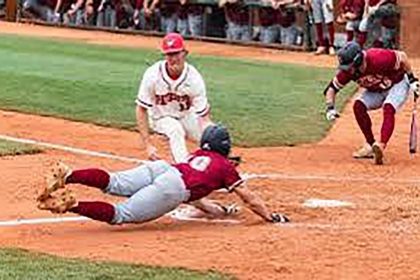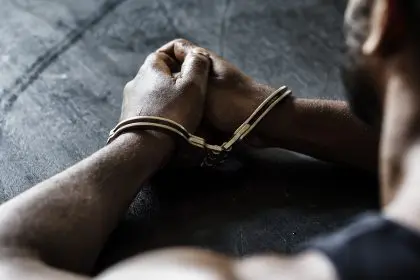
Police officers in America have a history of planting weapons and other evidence at crime scenes. Newly released video of the death of Keith Lamont Scott is casting doubt about the police claim that he was armed when an officer shot him. Charlotte-Mecklenburg Police Chief Kerr Putney told reporters the victim was “absolutely in possession of a handgun.”
But video of Scott’s wife pleading with police that he suffered a traumatic brain injury, was not armed and had just taken his medicine fell on deaf ears at the scene. In addition, the consensus among many in social media is that a gun was planted at the scene to justify the shooting. One eyewitness, Taheshia Williams, maintains that Scott was armed with nothing but a book and that a White police officer is responsible for killing Scott.
Recently MSNBC host Joy-Ann Reid echoed the sentiment that a gun was planted by Charlotte police in a series of twitter posts and images. “One reason to be very skeptical about the police account is that in the Walter Scott shooting, there appeared to have been a planted gun,” Reid wrote on Twitter.
There are now cries of not starting the “rumor mill” but for many, it seems only natural. Here are specific examples of police behavior in planting evidence, including guns.
St. Louis cop charged with murder of Black suspect accused of planting gun
St. Louis Police Officer Jason Stockley has been charged with murder in the death of suspect Anthony Lamar Smith. Newly released video now paints a different story of the final moments and aftermath of the police shooting. Stockley is seen going back to his police vehicle and placing his AK-47-style pistol into a duffel bag, a weapon which the officer was not authorized to carry. He is then seen going back to Smith’s car and entering the vehicle twice for several moments. Smith’s family state that Stockley planted the handgun that was found at the scene. Tests on the gun show that Stockley’s DNA was the only evidence present on the weapon, drawing doubt that Smith handled the weapon.
Floyd Dent and Inkster, Michigan, police
Floyd Dent is an employed hardworking Black man who was assaulted by a city of Inkster, Michigan, police officer. Dent is seen in police dash-cam video driving at a normal rate of speed and stopping for police when he noticed their flashing blue lights. What happened next brings to mind the infamous Rodney King video as police punch, choke and taser Dent and a total of six police officers jump on the man. Dent was charged with resisting arrest, assault on police officers and possession of crack cocaine. One officer, identified as William Melendez, took particular delight in putting Dent in a chokehold and delivered a series of 16 blows to his head and face until Dent was knocked out. Melendez was once accused of planting drugs on a suspect.
Arizona cop caught on video planting a crack pipe on a mentally ill homeless woman.
Officer Richard Chrisman of the Phoenix police department was caught on camera putting drug paraphernalia down the dress of a woman described as homeless and mentally ill.
Brooklyn, New York, detective testified that planting evidence on innocent people is “common practice.”
In 2008 former narcotics detective Stephen Anderson testified in court, saying that planting evidence is a “common practice” known to cops as “flaking.” Anderson stated he provided drugs to another officer who was going to be demoted if he didn’t have a drug collar.
Incidents like these cause many to doubt the Charlotte-Mecklenburg Police Department’s version of the death of Keith Lamont Scott.
















